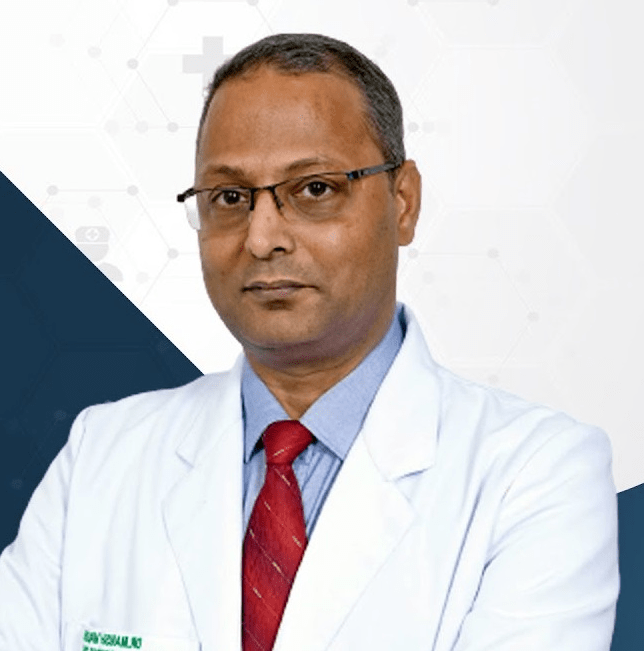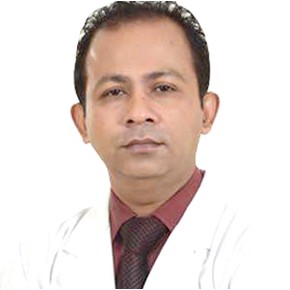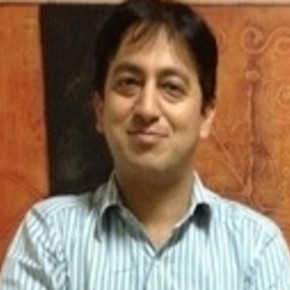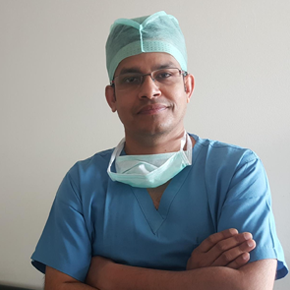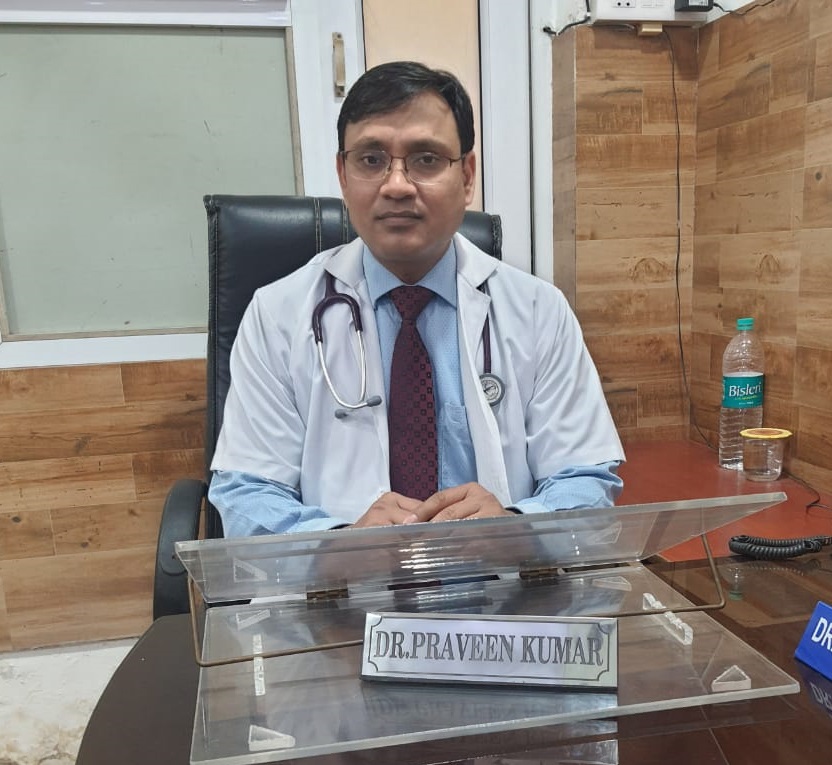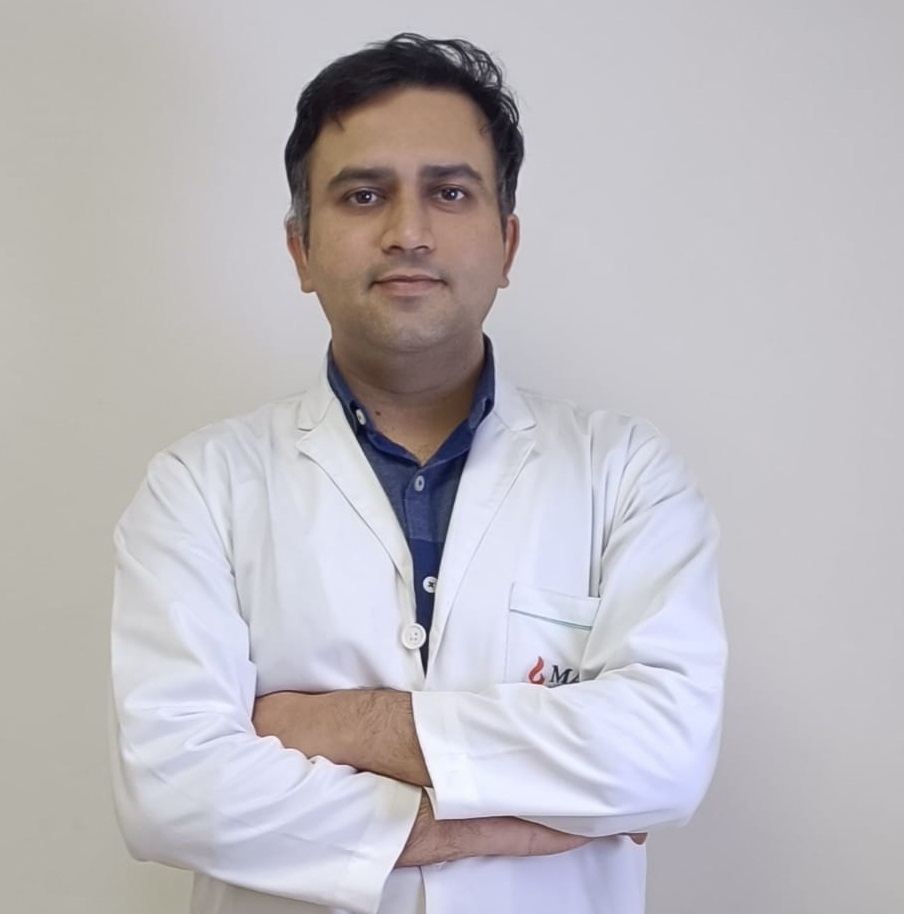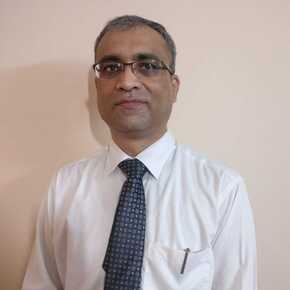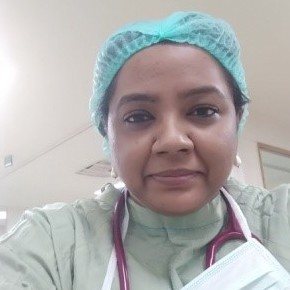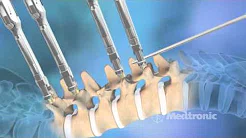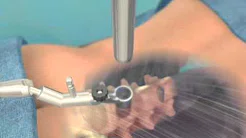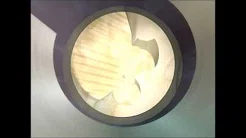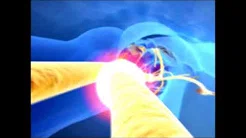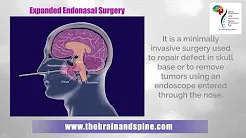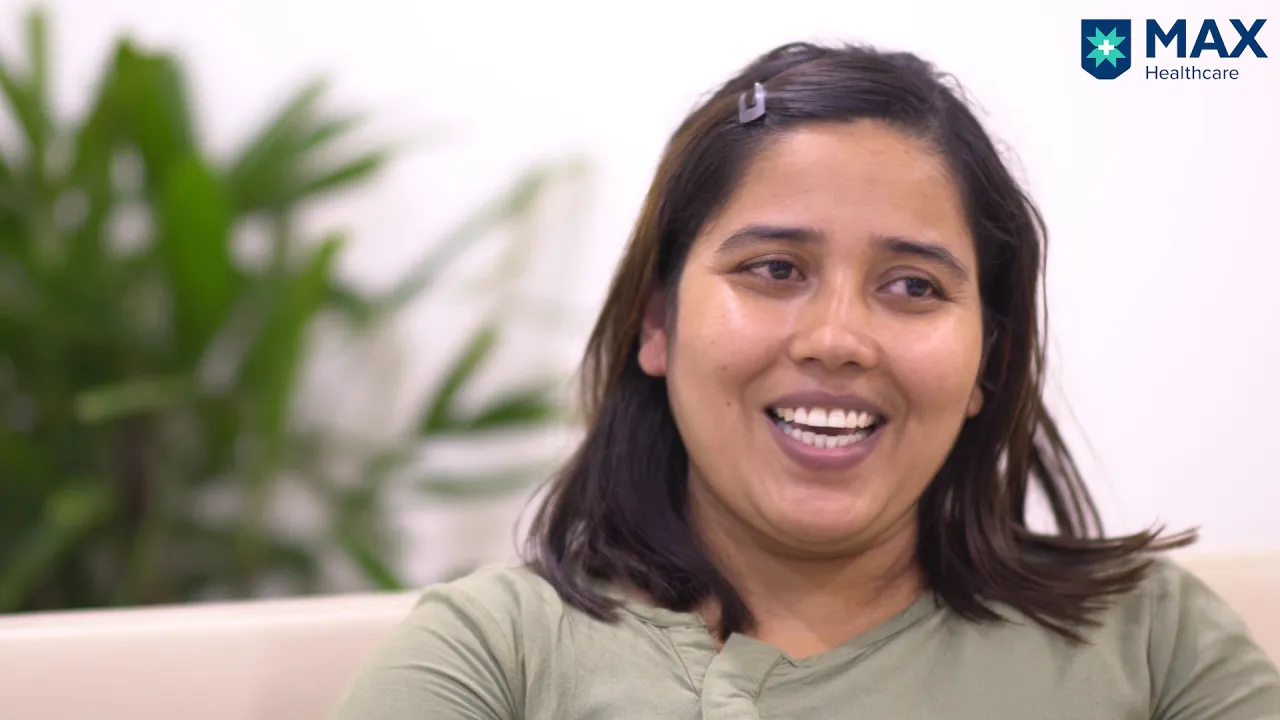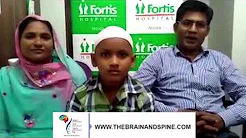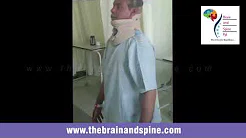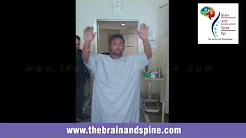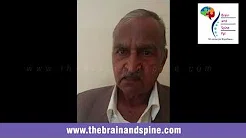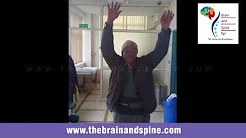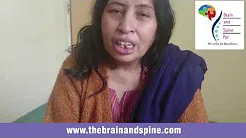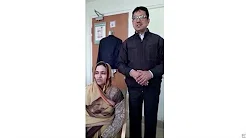Congenital Disorders Of The Spinal Cord
Congenital malformations of the spine are defects or disorders of the spine that are present from birth. These malformations may be mild or severe and are often corrected by surgery.
The various types of congenital malformations of the spine
- Chiari Malformations
- Encephalocele
- Arachnoid Cysts
Chiari Malformations
Chiari malformation is a congenital anomaly whose acquired forms are also known. The anomaly is categorized in order of severity as; types I, II, III, and IV. These malformations are closely associated with syringomyelia and hydromyelia. The majority of these cases are asymptomatic and are often detected coincidently among patients who have undergone diagnostic imaging for unrelated reasons.
Types of Chiari Malformations
Type I Chiari Malformation
This malformation occurs during intra-uterine development and is characterized by downward
displacement of the cerebellar tonsils beneath the foramen magnum into the cervical spinal
canal by more than four millimeters. This displacement may block the normal pulsations of CSF
between the spinal canal and the intracranial space. This form of Chiari malformation may be
associated with syringomyelia/hydromyelia. It is diagnosed usually in growing children or young
adults.
Abnormities of the base of the skull and spine (Cranio – Vertebral Junction) like basilar
invagination, Klippel-Feil deformity, etc. is present in 30-50 percent of patients suffering from
Chiari I malformation.
Symptoms of Chiari I malformation
Although most of the people with Chiari I malformation has no symptoms some may show any of the following symptoms:
- Severe head and neck pain which worsens on coughing and sneezing.
- Loss of pain and temperature sensation of the any of the combination of limbs, more so in upper limbs
- Loss of muscle strength in the hands
- Sudden collapsing due to muscle weakness or insufficient blood supply to the brain
- Combination of spasticity and wasting of muscles
- Vertigo
- Problems with balancing while walking
- Visual issues like double or blurred vision
Type II Chiari malformation
This malformation is characterized by further downward displacement of the lower brain and brain stem into the cervical spinal canal, as well as elongation of the upper brain stem. This type occurs almost exclusively in patients with myelomeningocele which is a congenital condition in which the spinal cord and column do not close properly during fetal development, resulting in an open spinal cord defect at birth. Other abnormalities commonly associated with myelomeningocele include hydrocephalus, cardiovascular abnormalities, as well as gastrointestinal abnormalities, and genitourinary abnormalities.
Symptoms of Chiari II malformation
- Altered pattern of breathing, including periods of brief periods of cessation of breathing
- Difficulty in swallowing
- Involuntary, rapid, and downward eye movements
- Flail limbs
This is a surgical emergency needing a multidisciplinary approach in Neonatal ICU.
Type III Chiari malformation
This includes a form of dysraphism with a portion of the cerebellum and/or brainstem pushing out through a defect in the back of the head or neck.
Type IV Chiari malformation
This is the most severe form and the rarest. The cerebellum fails to develop normally. There may be other associated malformations of the brain and brainstem.
Associated Malformations of Chiari malformation
Syringomyelia/Hydromyelia
When CSF forms a cavity or cyst within the spinal cord, it is known as syringomyelia or
hydromyelia. These are progressive disorders that involve the development, expansion, or extension
of the spinal cord. As the fluid cavity expands, it displaces and/ or injures the nerve fibers inside
the spinal cord. A wide variety of symptoms can occur, depending upon the size and location of
the syrinx.
Hydromyelia is usually defined as an abnormal widening of the central canal of the spinal cord.
Other Malformations:
Encephalocele: a congenital malformation characterized by herniation of the brain and/or meninges through a defect in the skull.
Arachnoid Cysts are congenital lesions that occur as a result of the splitting of the arachnoid membrane. The cysts are fluid-filled sacs, not tumors, appearing in one of the three layers of tissue covering the central nervous system.
Diagnosis of Spinal Congenital Malformations
There are several tests that can help diagnose and determine the extent of Chiari malformation and syringomyelia including:
- Magnetic resonance imaging (MRI)
- Computed tomography scan (CT or CAT scan)
- Brainstem auditory evoked potential (BAER)
- Somatosensory evoked potentials (SSEP)
Treatments for Congenital Malformation of Spine
Almost all types of congenital malformations need surgical treatment if they are in the symptomatic stage. Asymptomatic malformations should not be operated.
Surgical treatment of Chiari malformations and syringomyelia
Treatment of Chiari malformations and syringomyelia depends upon the type of malformation and its progression in the form of anatomy changes or symptoms. Asymptomatic Chiari malformations should not be operated. If the malformation is symptomatic or is causing a syrinx, treatment is usually recommended by an urgent multidisciplinary approach.
Goals of Surgery for Chiari malformations and syringomyelia
Correct the physical defects or malformations present in the
spine
Relieve the symptoms
Stop the progression of the syrinx or symptoms
Maximizing the functionality of the individual
Surgical treatment of Chiari malformations include
Only local decompression of the overlying bones
Decompression of the bones and release of the dura
Decompression of the bone and dura
Duraplasty
The objective of surgery Chiari malformation is:
Optimal decompression of nerve tissue
Reconstruction of normal CSF flow around and behind the
cerebellum
Decompression is performed under general anesthesia. It consists of removing the back of the foramen magnum and often the back of the first vertebrae to the point where the cerebellar tonsils end. This provides more space for the brainstem, spinal cord, and descended cerebellar components. A tissue graft is often spliced into this opening to provide even more room for the unimpeded passage of CSF. Care is taken to avoid a breach of the arachnoid membrane. Occasionally, the cavity within the spinal cord resulting from hydromyelia can be drained with a diverting shunt tube. This tube can divert the fluid from inside the spinal cord to outside the cord, or be directed to either the chest or abdominal cavity. These procedures can be done together or separately.
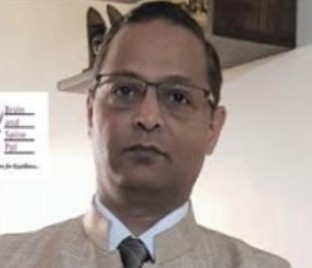

 Request an Appointment
Request an Appointment Request Online Consultation
Request Online Consultation Enquiry form
Enquiry form

